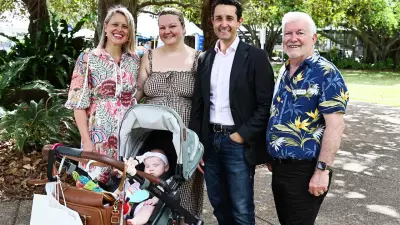
The head of Australia's elite university group has delivered a sobering assessment of the sector's future, cautioning that institutional mergers represent just one piece of a much larger puzzle needed to address systemic challenges.
Mergers Not a Silver Bullet
Vicki Thomson, chief executive of the Group of Eight, has tempered expectations about university consolidations, stating they form only part of the solution to the complex issues facing higher education. Her comments come amid increasing discussions about potential mergers between Australian universities as financial pressures mount across the sector.
While acknowledging that mergers could play a role in creating stronger, more sustainable institutions, Thomson emphasized that structural reforms alone cannot resolve the fundamental challenges confronting universities. The warning arrives at a critical juncture for Australian higher education, which faces declining international student numbers, reduced government funding, and increasing operational costs.
Broader Reform Agenda Needed
Thomson outlined several key areas requiring attention beyond institutional consolidation. The federal government's proposed cap on international student numbers represents a significant concern, with Thomson describing it as a blunt instrument that fails to account for the diverse circumstances across different universities.
The Group of Eight leader stressed that any sustainable solution must include comprehensive funding reform, particularly for research activities. Australian universities currently cross-subsidise research using international student revenue, creating financial vulnerability when international enrolments fluctuate. Research commercialisation and better industry partnerships must form part of a more resilient funding model, according to Thomson.
International Education at Crossroads
The debate around university mergers and international student caps occurs against a backdrop of shifting global education markets. Australia's third-largest export industry faces increased competition from traditional rivals like the United Kingdom and Canada, as well as emerging destinations in Europe and Asia.
Thomson warned that poorly designed policies could inadvertently damage Australia's competitive position, noting that international students contribute significantly to both university budgets and the broader Australian economy. Any reforms must balance legitimate concerns about housing and infrastructure with maintaining the quality and attractiveness of Australian education.
The Group of Eight, representing Australia's leading research-intensive universities, continues to advocate for a coordinated approach to sector reform. Thomson's comments suggest that while structural changes like mergers may form part of the landscape, they cannot substitute for comprehensive policy solutions addressing funding, research, and international education strategy.





